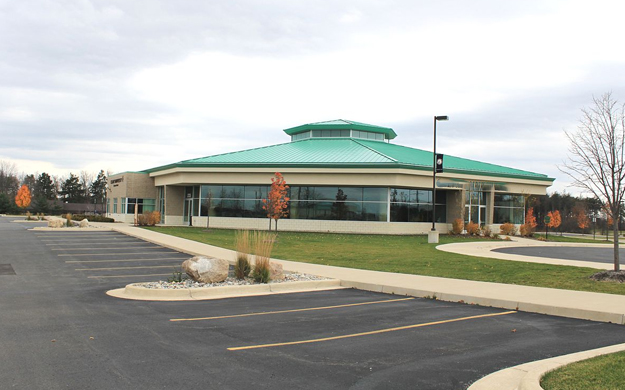Exploiting all Possibilities to Modernizing a Data Center Campus
Advanced data center technologies allow colleges and universities to lower operational costs while boosting performance.
While they might be out of sight and out of mind for most students and faculty, data centers represent the lifeblood of any college or university.
Their systems store and manage student data and other critical data, and support applications such as research computing, email, online coursework and more.
But as more technology takes hold in the classroom and campuses become more mobile, data centers shoulder even heavier burdens. It’s up to higher ed IT leaders to find novel ways to accommodate the increasing demand for computing power, for today as well as tomorrow.
The Low-Hanging Data Center Fruit
For many colleges and universities, that undertaking starts with a solid planning and funding strategy. Understanding the data center’s shortcomings can help IT map out practical plans for improvement. Some ongoing issues or challenges will seem obvious — for instance, institutions know they’re in for an upgrade if their data center lacks adequate backup systems or if facilities are running out of space to store additional servers and cooling equipment.
When it comes to identifying and addressing unseen problems, however, IT can tap data center infrastructure management solutions.
Designed to optimize data center performance, DCIM offers single-pane-of-glass visibility into monitoring and managing operations, tools and technologies. The solution helps regulate power and cooling and automates other processes that were once manual, in turn reducing energy costs and the IT team’s workload.
DCIM also solves problems associated with underutilized resources by identifying equipment that can be consolidated, decommissioned or simply put to better use. The technology can facilitate virtualization deployments through effective capacity planning and can later manage capacity and power in virtualized environments. Virtualization, in turn, cuts the server footprint and improves efficiency to lower costs.
Finding Well-Suited Data Center Solutions
While DCIM upgrades and power and cooling optimization can benefit almost any data center, other solutions are more need-based. Converged infrastructure simplifies virtual desktop infrastructure configuration, rich-media distance learning and other substantial IT projects.
Up-to-date disaster recovery solutions, on the other hand, are a must-have for any institution. Legacy backup systems are at odds with plans to improve data center efficiency and can’t hold up to virtualization and other modern technologies.
As IT replaces aging hardware in the data center, disaster recovery testing can help lay the foundation for a solid continuity plan. Upgrades like uninterruptible power supply systems, backup generators and redundant connections to Internet service providers should be built into that plan.
Disaster Recovery as a Service is another cost-efficient option for colleges and universities, as it eliminates the expense of building a traditional disaster recovery facility. Services vary by provider, but DRaaS often comes with simple, self-service tools that offer increased visibility. IT decision-makers just need to sit down and determine which providers will best meet the institution’s needs in the face of a disaster.
Source: http://www.edtechmagazine.com/higher/article/2015/10/modernizing-campus-data-center

